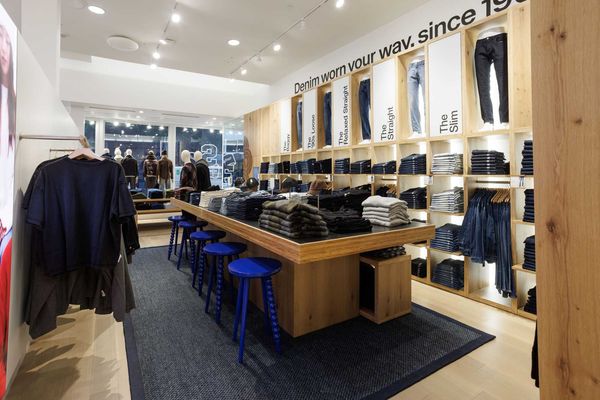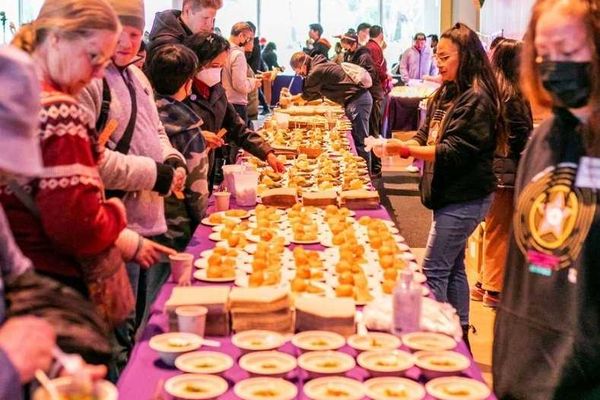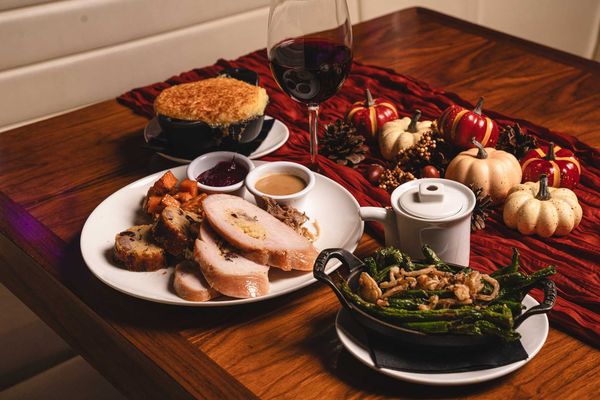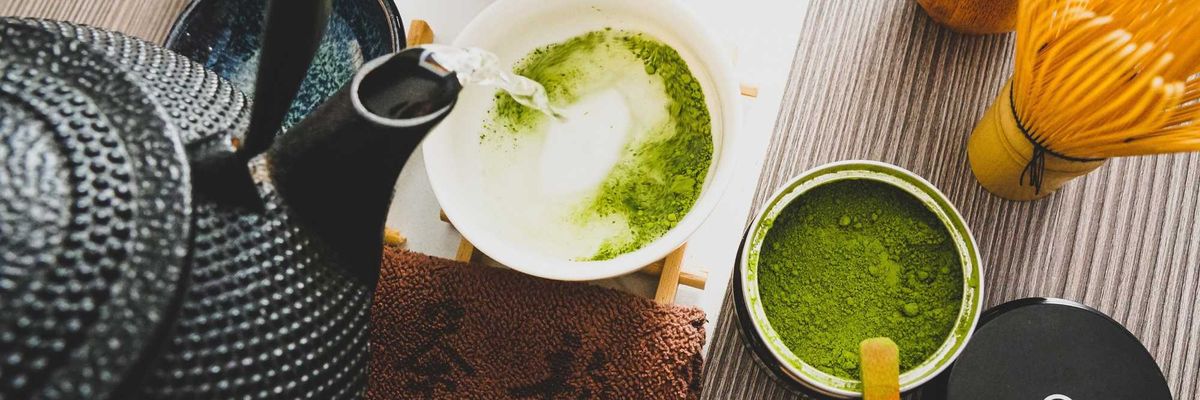Chocolates might be wrapped in similar packaging, but there's a wide variation in quality from one chocolate to another.
Manufacturing chocolate is a complex process, after all. From the terroir of the initial cacao tree to the primary ingredients, every detail makes a difference to the quality of the final chocolate.
How Chocolate Quality is Affected by Manufacturing
In 2017, chocolate was a $103.28 billion industry, and there are countless recipes and products available in the market today. Despite the numbers, chocolates generally go through the same manufacturing process. Let's examine how each step of the process affects chocolate quality:
Cultivation
Chocolate starts with cacao beans inside the fruits of cacao trees. These can be found in Africa, Mexico, Columbia, and other warmer countries. Taste is mainly determined by the specific cacao bean variety, but agricultural factors such as nutrients in the soil, terroir, microclimate, and amount of sunlight also make a huge difference.
Fermentation
The harvested cacao bean may taste bitter, but its basic flavor and aroma already begin to emerge during fermentation. For 3-8 days, microorganisms in the environment transform the cacao bean, reducing the bitterness. Beans that aren't fermented enough will be lacking in flavor, while overfermented beans will have too much residual acidity.
Drying and Roasting
After fermentation, cacao beans are dried to remove moisture and prevent mold from growing. They're then transferred to a production plant, where they're roasted in very high temperatures for different lengths of time. This locks in the effects of fermentation, creating the recognizable chocolate flavor that will be carried over to the final product.
Processing
When the shell of the cacao bean falls off with roasting, the cacao nibs inside are ground into cocoa liquor, which is further separated into cocoa butter and cocoa powder. Cocoa butter is responsible for how chocolate melts, while the flavor mostly comes from cocoa powder. Other ingredients such as milk, sugar, and caramel may be added in. Finally, the mixture is tempered into solid block of chocolate. The gleam, texture, and crispness of chocolate are formed during this step.
Storage
Processing might seem like the final determinant of chocolate quality, but improper shipping and storage can ruin an otherwise good chocolate. Chocolate must be kept in proper packaging at a cool temperature to preserve its quality. For this reason, businesses try to work with wholesale chocolate suppliers that are reputable and trustworthy.
How to Check Chocolate Quality
Producing high-quality chocolate takes patience, skill, and attention to detail from start to finish! Although you can't exactly see what happened in the manufacturing process, you can quickly identify good chocolate by examining the following:
Ingredients
Look at the ingredient list. The first ingredient should be cocoa mass, cocoa liquor, or cocoa beans, all of which refer to the actual chocolate. If other ingredients such as sugar or Dutch cocoa are at the top, then it might not be real chocolate. Low-quality chocolate substitutes vegetable oil for cocoa butter because it's cheaper, and many of its flavorings are artificial.
Shelf Life
The freshness of chocolate also matters. Chocolates produced commercially tend to be more long-lived, but the farther away the sell-by date, the better. Dark chocolate lasts the longest at around 12 months, while white chocolate is usually good for eight months and milk chocolate for six months.
Appearance
Visually, chocolate should be glossy all over, with no blemishes, bubbles, or discoloration. Gray or white spots are called chocolate bloom. While this doesn't necessarily affect the quality of the chocolate, it might indicate improper storage or overexposure to heat. It's formed either by sugar dissolving and recrystallizing when it encounters moisture, or by the fat in cocoa butter coagulating.
Smell
Rub the chocolate to warm it, then pay attention to the aroma. It should smell strongly like chocolate, as you'd expect, with subtle undertones from its flavors. However, if you detect other unnaturally strong scents, then the chocolate might have been stored improperly, absorbing odors from its surroundings. Lack of any scent isn't good, either, because it implies that the chocolate is either aged or low-quality.
Sound
When you break the chocolate apart, what does it sound like? Good dark chocolate makes an audible snap when broken at room temperature. Milk and white chocolate are more likely to bend because of their high amounts of sugar and milk, but dark chocolate should have a sharp, firm sound.
Taste
Tasting is the most hands-on way to tell if a particular chocolate is good! To taste the chocolate accurately, start off with a clean palate, so don't take in champagne, coffee, or other strong-tasting drinks right before. Break off a small piece, then chew it slowly. It should melt quickly, with a smooth, velvety texture and pleasant flavor. Afterwards, the taste should linger for several minutes in your mouth. Chocolate that feels waxy or grainy in your mouth, tastes flat, or lacks an aftertaste is considered low-quality.
A lot of factors determine the quality of chocolate, with every detail in the manufacturing process having a significant impact on the end product. Tasting a chocolate is still the most straightforward method for checking if it's good or bad, but you can use your other senses or check the ingredients list and expiration date to eliminate bad chocolates right away without putting them in your mouth.




















